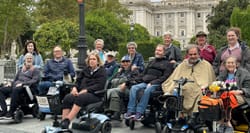Fort McHenry was constructed between 1799 and 1802 and is a bastion fort, taking the shape of a five-pointed star. The fort was designed to protect the Port of Baltimore in Baltimore Harbor, and it soon saw action against the British during the War of 1812.
The British Navy attacked Fort McHenry from the Chesapeake Bay on September 13-14, 1812. After the fort withstood the bombardment, Francis Scott Key was inspired to write the poem “Defence of Fort M’Henry,” which was later adopted as the national anthem of the United States.
Fort McHenry became a national park in 1925, and the Fort McHenry National Monument and Historic Shrine is today one of the most popular tourist attractions in Baltimore, Maryland.
Wheelchair Accessibility at Fort McHenry
Although Fort McHenry is more than 200 years old, investments have been made to ensure accessibility for visitors of all abilities.
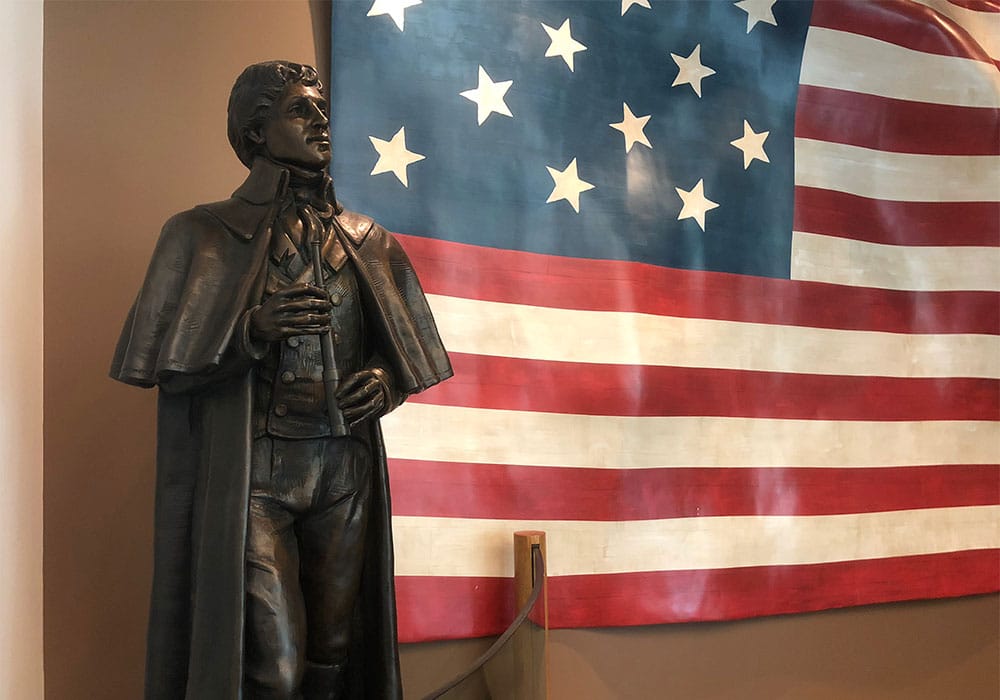
The self-guided tour begins at an idiot museum separate from the fort itself, with displays that educate visitors on the fort’s history, the War of 1812 and the story of Francis Scott Key and America’s national anthem.


A video presentation ruins continuously at the museum, and offers a fantastic overview of the circumstances surrounding the War of 1812. It recounts the Battle of Baltimore and Francis Scott Key’s inspiration to pen the words that became the national anthem. At the conclusion of the narrated and captioned video, the screen raises to reveal Fort McHenry, seen through a large set of windows.
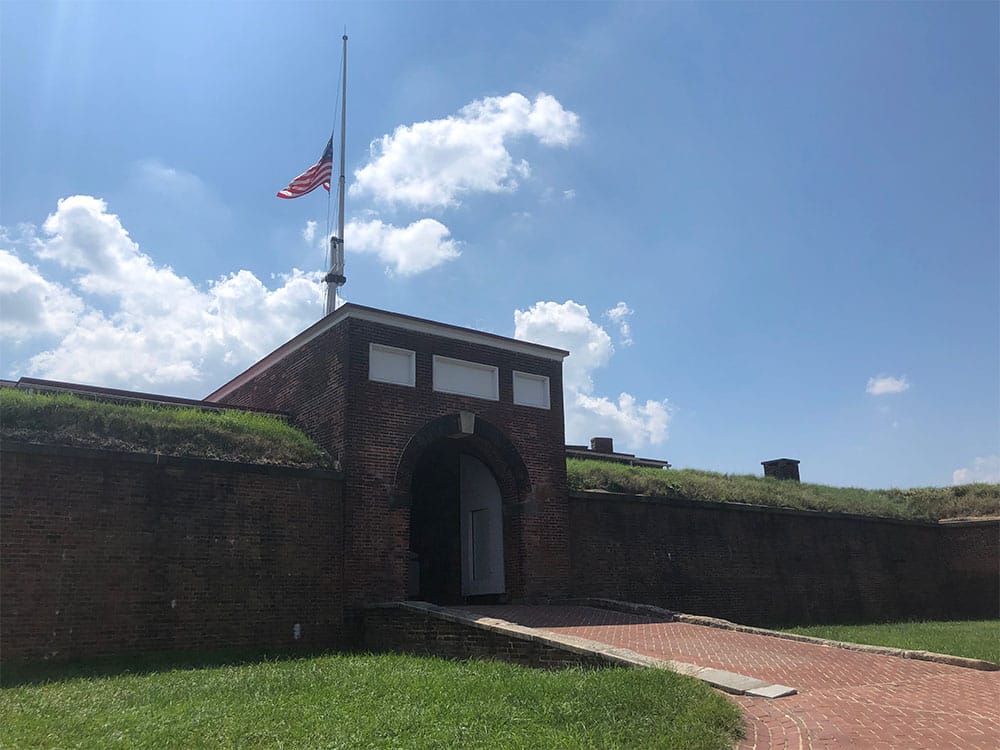
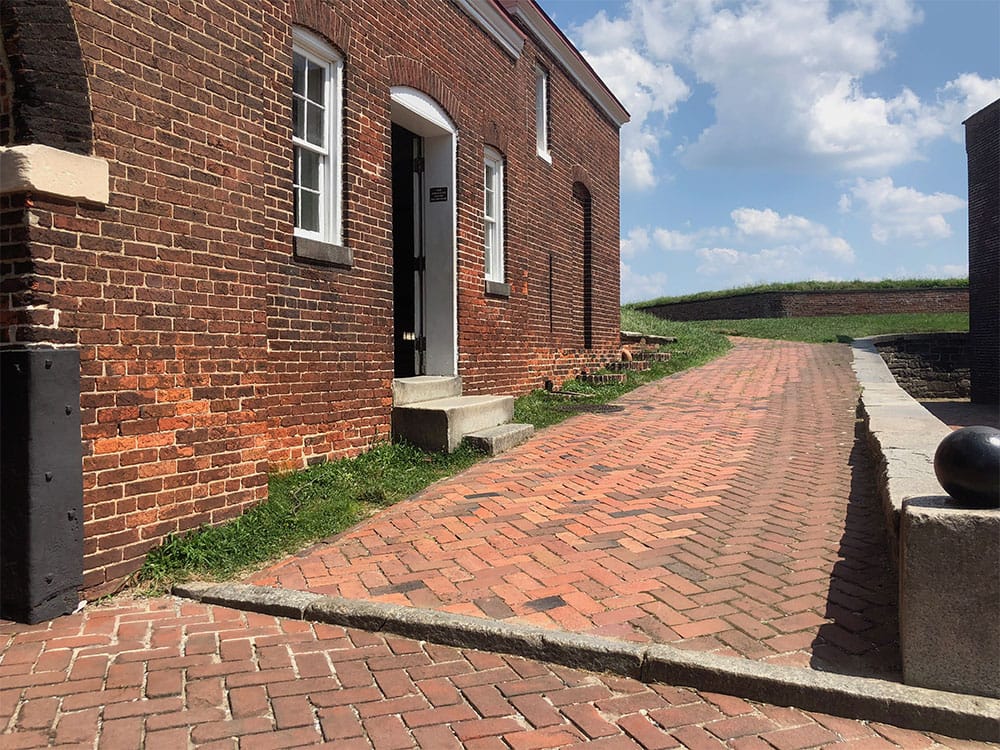
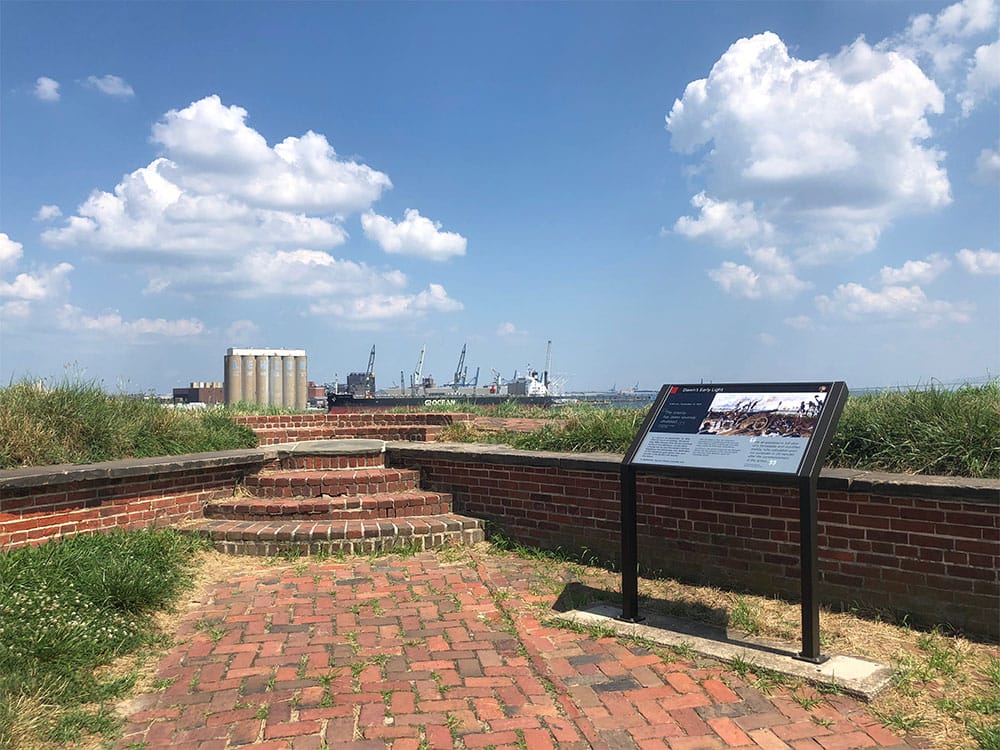
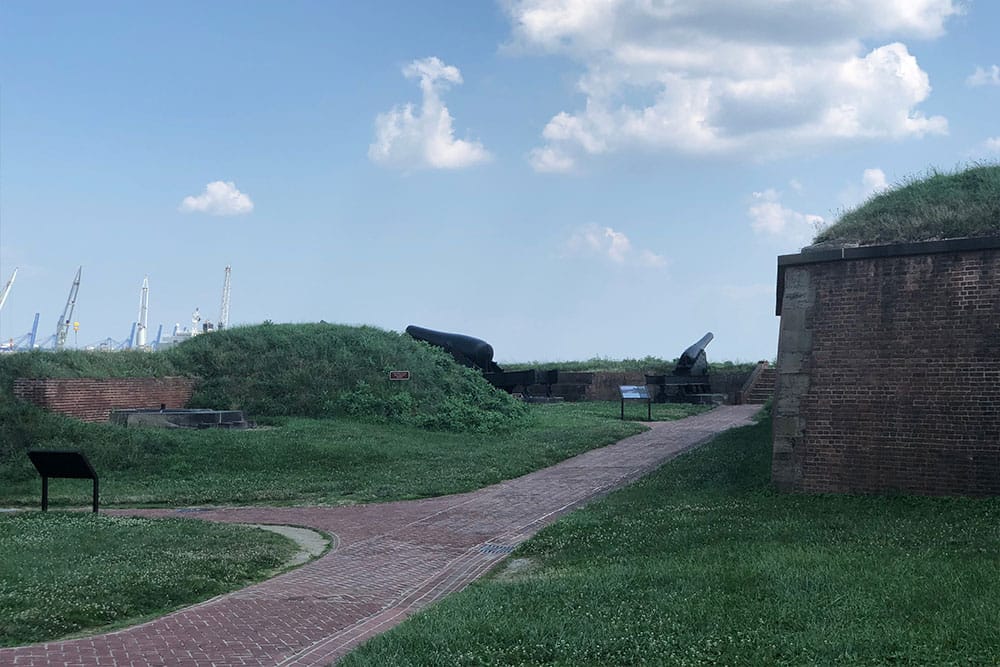
After 30 to 45 minutes in the museum, you’ll be ready to explore Fort McHenry. The cement sidewalk leading to the fort is accessible, and the brick pathways inside the fort are in good repair.
Although some of the buildings are not accessible due to their age and small size, most of the outdoor areas are. My power wheelchair was able to negotiate the minor curb pictured above, and I was able to reach a lookout point on one of the fort’s bastions.
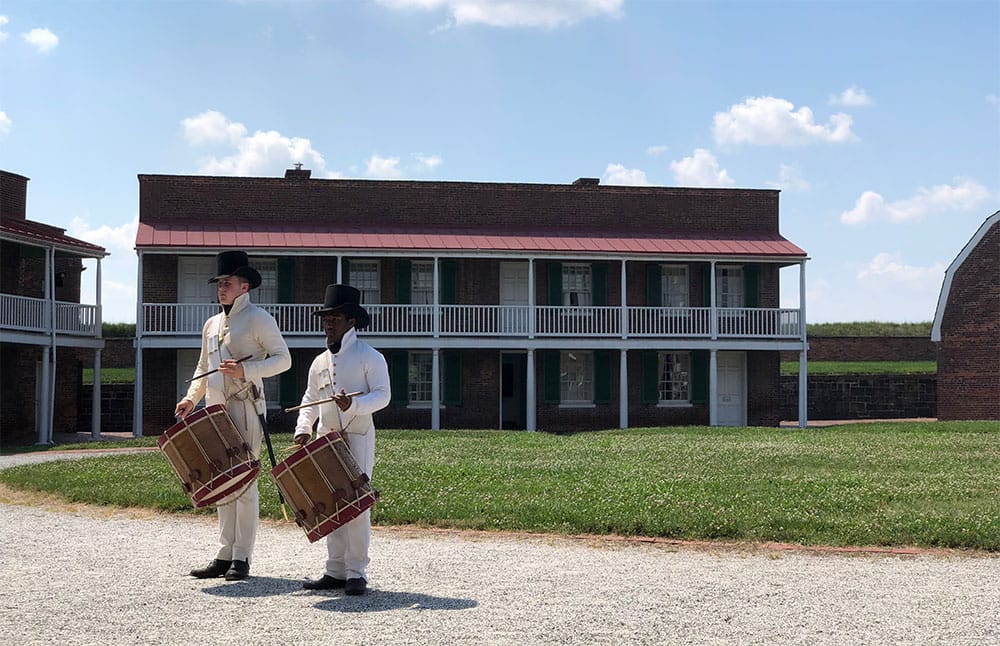
A number of activities take place daily inside the fort. For a list of current ranger programs, click here. One of the most interesting demonstrations educates visitors on the various drum cadences, which served as signals to the troops stationed at Fort McHenry.

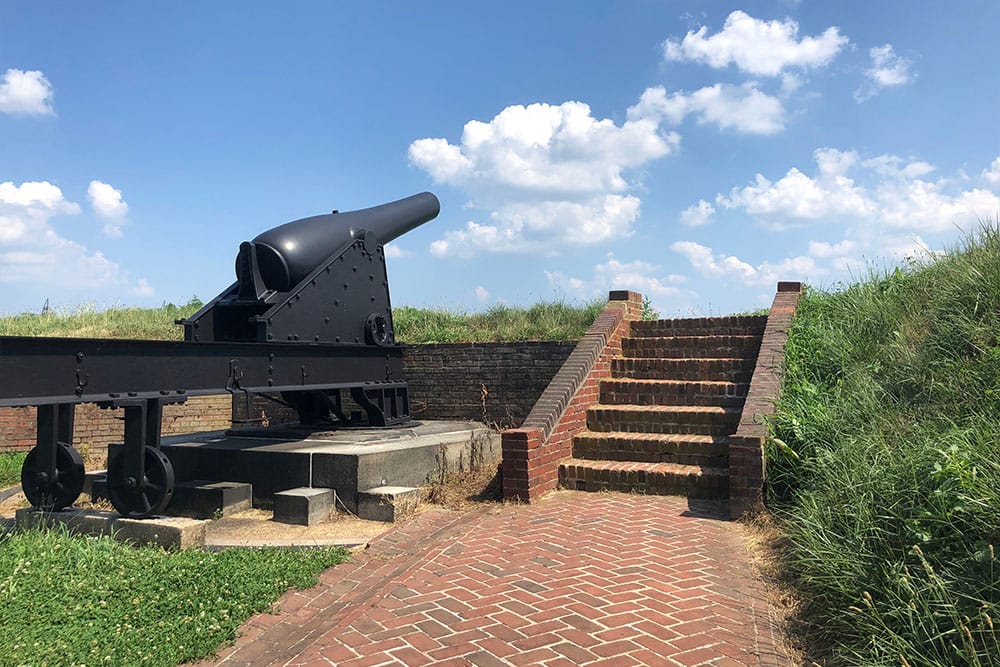
Ramps made the majority of the fort’s interior structures wheelchair accessible, with each one housing a different exhibit.
During the Battle of Baltimore, the British naval fleet fired more than 1,500 cannonballs at Fort McHenry, but it was heavily fortified and sustained only minor damage. The assault might have been more effective at closer range, but Fort McHenry had a large complement of artillery pieces of its own, some of which remain on display today.
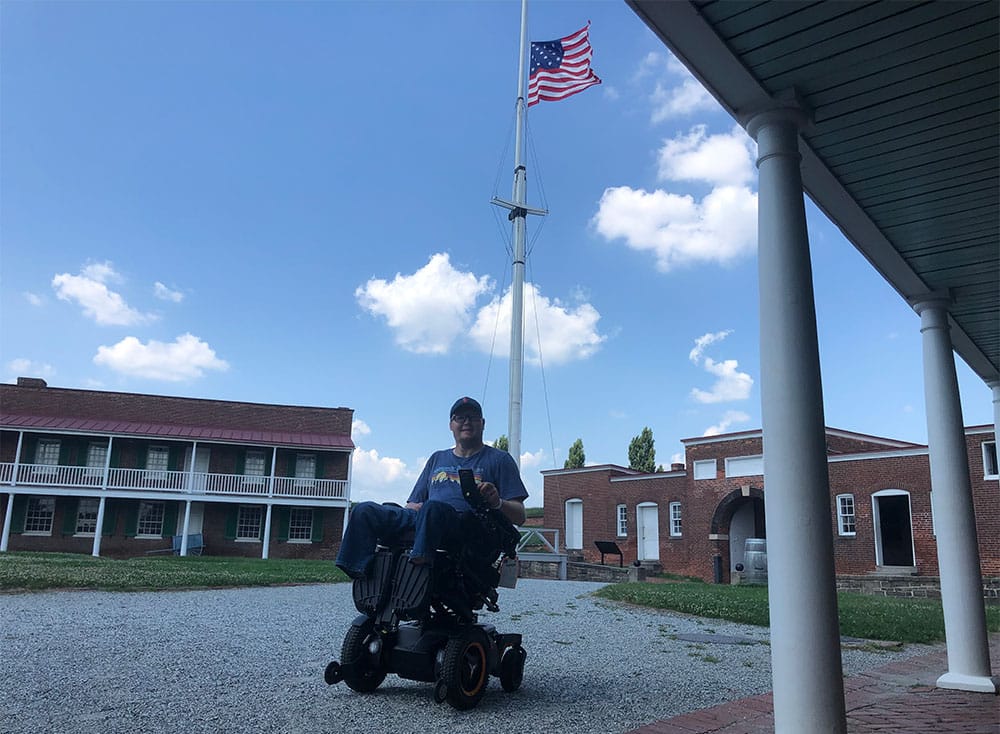
The American flag that flies over Fort McHenry today has 15 stars and 15 stripes and is the design used from 1795 to 1818. The 15 stars represent the original 13 states, as well as the states of Vermont and Kentucky.
Francis Scott Key saw a flag like this, measuring 30′ by 42′ feet, on the morning of September 14, 1814, when he wrote his poem. That original flag is on display at the Smithsonian Institution’s National Museum of American History in Washington, D.C.
Entry Fees & Admission
The cost of admission to Fort McHenry is $15 for adults 16 years of age and older; children are free.
The ‘America the Beautiful’ Annual Pass costs $80 USD and provides admission to the pass holder and up to three additional adults at Fort McHenry and hundreds of other national parks and federal recreation areas across the country.
People with a permanent disability who hold an Access Pass receive all the benefits of the ‘America the Beautiful’ pass, and I was able to use mine at Fort McHenry to secure free admission for myself, my mom and my sister — a $45 value! If you haven’t signed-up for the Access Pass, you can do so on-site at Fort McHenry. To learn more about the Access Pass, click here.
Getting to Fort McHenry with a Wheelchair
Fort McHenry is located 3 miles from Baltimore’s Inner Harbor, which is where the majority of tourists eat, sleep and play. Getting to Fort McHenry is easy, thanks to the wheelchair accessible Charm City Circulator bus. The Banner bus route stops right outside the Fort McHenry gate and it is free for everyone to ride.

The Baltimore Water Taxi operates a route to Fort McHenry, but this tourist ferry boat is not wheelchair accessible. No ramp is provided at the Fell’s Point transfer station, and the boat is not level with the platform. I was able to get on the water taxi at the Inner Harbor stop, but could not access to the boat to Fort McHenry. This would be an easy fix, and I hope they will act quickly to ensure access for all.
Parking at Fort McHenry is free, and an abundance of van accessible spaces are provided.
Final Thoughts
Fort McHenry is a national historic monument, and a place worth visiting if you are traveling to Baltimore, Maryland. It is interesting to learn about the Battle of Baltimore and the unique circumstances that led Francis Scott Key to write the national anthem. The fort has been well-preserved and offers a high level accessibility to wheelchair users and people with disabilities. On a nice day in the summer or spring, a trip to Fort McHenry is the perfect family activity.
Featured image courtesy The Baltimore Sun.






